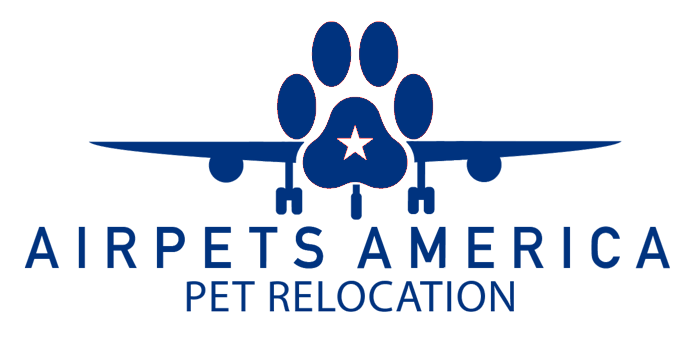 Dog Training: chewing
Dog Training: chewing
Chewing is a normal behavior in dogs that is not only fun but also keeps them healthy. For a lot of dogs chewing is like therapy or a pacifier. Chewing on appropriate things will keep your dog occupied, his teeth and gums healthy and your home in order.
Good things to chew on: As part of preparing for a new dog in our lives it is important to provide several different things to chew on. These should vary from hard chew bones (natural marrow bones or synthetic ones like “nylabones”), to softer ones that a dog may sink their teeth into such as a stuffed animal or a rope toy, to interactive toys like a “kong” that you stuff with your dog’s treats. Never give your dog personal items like an old shoe or socks unless you are willing to have the new shoes or new socks chewed on as well. If you have children in your home make sure your children’s toys and your dog’s toys are kept separately and are not too similar.
In some cases providing the right things to chew on may not be enough to deter our dogs from chewing on other things. We usually divide chewing into 3 different groups.
1. Chewing on large objects like furniture or walls, things you can’t move out of your puppy’s reach. For this behavior we use a combination of behavior modification techniques. First, the dog is not allowed near the object or room in which he is chewing the object without supervision. When you are in these areas reward the dog for the correct behaviors. If the puppy approaches, lets say the couch, and doesn’t try to start chewing on it I say “good dog” and maybe even give him a treat or provide one of those fabulous things we mentioned above to chew on. Like this our pups learn that they can be in the same room and behave appropriately.
2. Chewing on things that can be moved like shoes and socks. The very worst thing you can do with this one is to chase after the dog since this will turn into a super fun game for the dog. Instead, we can do an exchange, so dog gives you the shoe and you give him a piece of ham. This I only do when the object in the dog’s mouth is either very special to you or harmful to the dog.
If whatever is in the dogs mouth is just a dirty sock then try some of these other techniques. a) Ignore the dog completely, a lot of our dogs tend to grab inappropriate objects as a way of getting our attention. When instead of chasing after them we ignore them then the object is not fun anymore. b) Grab one of your dog’s toys and play with it yourself, start throwing it in the air and pretending its a very special and fun game. When your dog comes over thinking “hey, this sock is not that fun, mine is not squealing!!!”, continue to play and ignore the dog a bit until you see them release whatever is in their mouth and then allow them to play with the toy while you pick up the inappropriate object from the floor.
3. Chewing on humans is what we call nipping. There are many reasons for dogs to nip at humans. A lot of our dogs nip as a way to interact with us like they would with other dogs. Some dogs have also realized that nipping on you will get you up and noticing them. Then you have the ones who utilize nipping as a way to control your movements this is herding and while very useful out in a field with sheep it may be quite annoying if you are just trying to get around your home.
One of the reasons dogs chew on humans is to make them stop what they are doing. This last one is very important to consider, is my dog nipping because something hurts (like a nail trim or a certain painful part in their bodies), is my dog teething and therefore finds it hard to resist someone touching his face?
a) This first technique may be very useful or not at all, you will know the very first time you try it. When the dog grabs a hold of your hand or any other body part, let out a loud scream. If the dog backs up immediately and looks worried, then this will probably work very well for this dog. If however, when you scream the dog backs up and then pounces ready for play, don’t try this again and just move on to one of our other suggestions.
b) Exchanging your arm for an appropriate thing to chew on is a great technique but make sure you continue to hold on to the toy so it’s still interesting for a bit longer.
c) For dogs that are herding you, sometimes just stopping can teach them that they won’t be able to control your movement.
d) When nipping just won’t stop using the above methods then it is time for a time out.
Keep in mind that all dogs are different and that we are trying to help them through what may be a difficult time for them. If these techniques are not working for you then please contact our Dog Training Academy to get a more personalized analysis of the situation.



